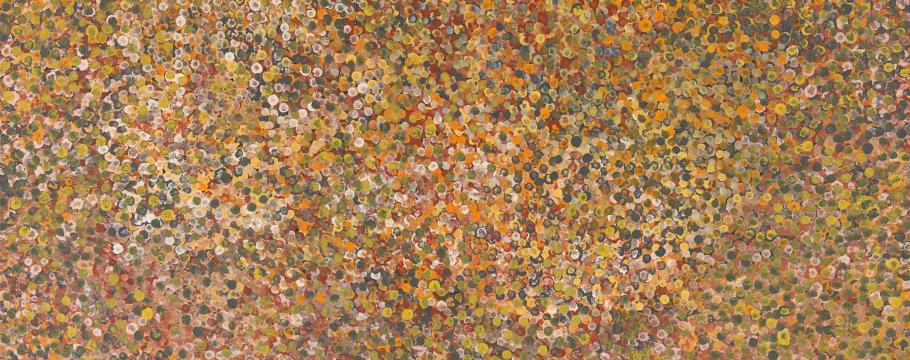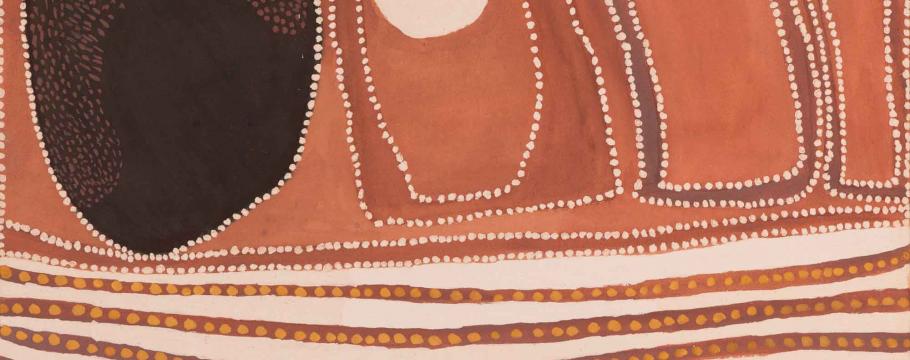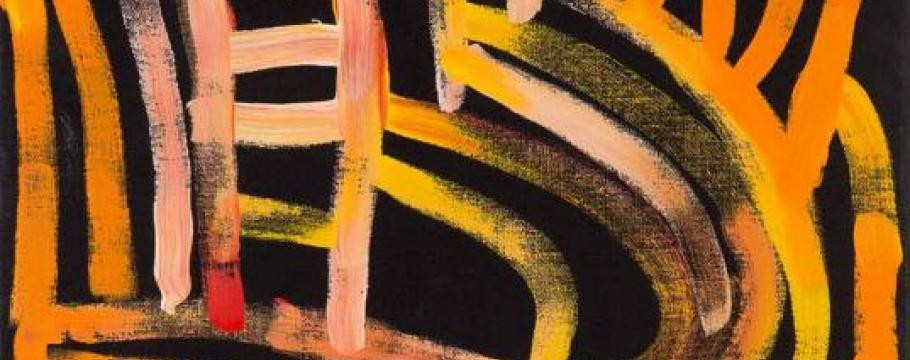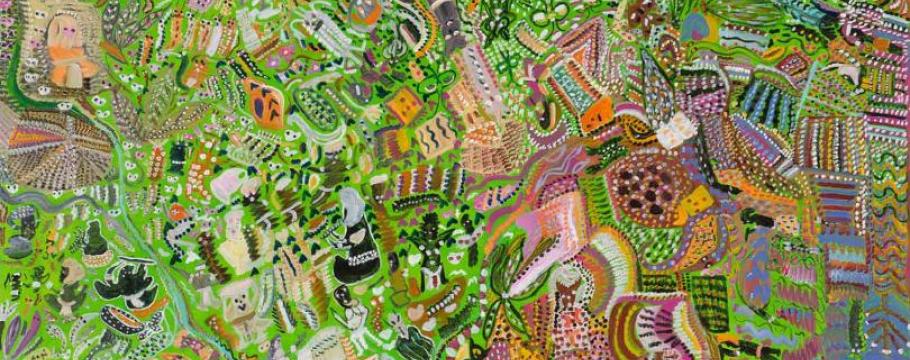









Economist and leading art collector auction swansong
Author: Richard Brewster | Posted: 13th March, 2015
An inveterate art collector, Alan Boxer was better known as an economist who, from 1975 as a senior Department of Treasury member, helped shape Australia’s economic future.
Born in Hong Kong in 1927 and educated in Melbourne, Boxer completed Economics degrees at both Melbourne and Oxford universities.
He became an Academy of Science fellow, was a University of Melbourne academic, Economics Record editor and the author of books on foreign aid, tax reforms and the Australian economy.
While living in Oxford during the 1950s, Boxer purchased a set of framed William Hogarth prints – the beginnings of his art collection.
However, it wasn’t until he returned to Australia the following decade that his collecting began in earnest, which, in his own words, developed into “something of an addiction”.
It is this extensive collection that buyers will have access to when auction house Mossgreen auctions the paintings from 6.30pm on Tuesday March 17 at 926-930 High Street, Armadale.
Boxer, who died in June last year, made his first significant purchase in 1961 when he bought Albert Tucker’s Gamblers and Parrots from Australian Galleries.
He subsequently became close friends with then gallery directors Tom and Anne Purves, who acted as advisers and encouraged his collection.
The result was impressive as he went on to purchase works by Australian modernist artists such as Sidney Nolan, Brett Whiteley and Fred Williams, those by the Antipodeans group that included Charles Blackman, Arthur Boyd, John Brack and John Perceval – as well as paintings by Murrumbeena artists and the Angry Penguins, a group Boxer referred to as “a Melbourne collection of the 1960s”.
In 1985, Boxer was introduced to Australian indigenous art and, according to Mossgreen’s Australian indigenous art head D’lan Davidson, became so excited his whole collecting focus changed.
“Significant highlights include major works by Emily Kame Kngwarreye, Rover Thomas and the early Desert masters,” he said.
Boxer referred to the core of his Aboriginal paintings as “desert art” – providing meaning to his collection and acknowledging the fact that Aboriginal artists had transformed views of the “dead centre” and given it aesthetic appeal.





